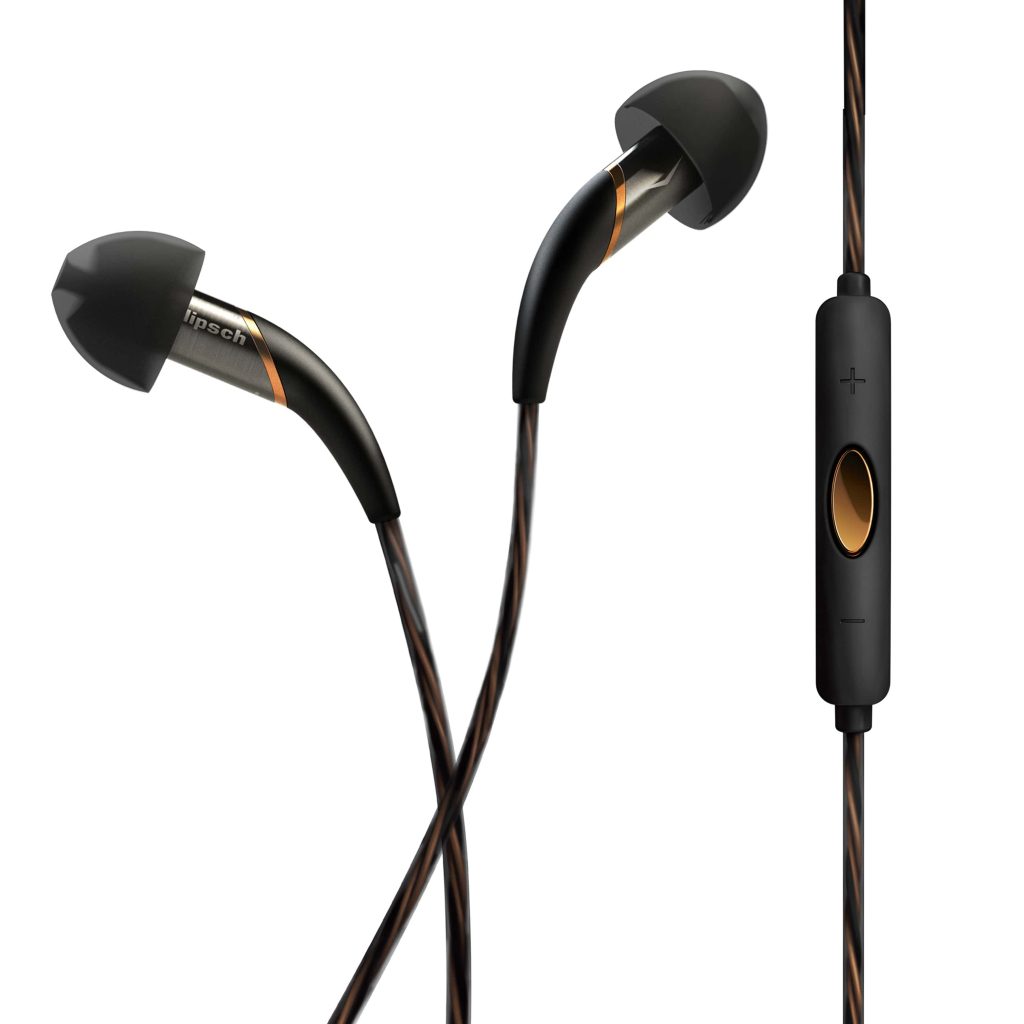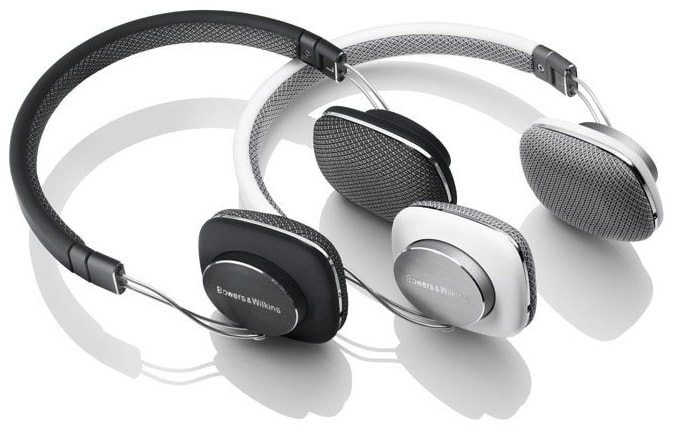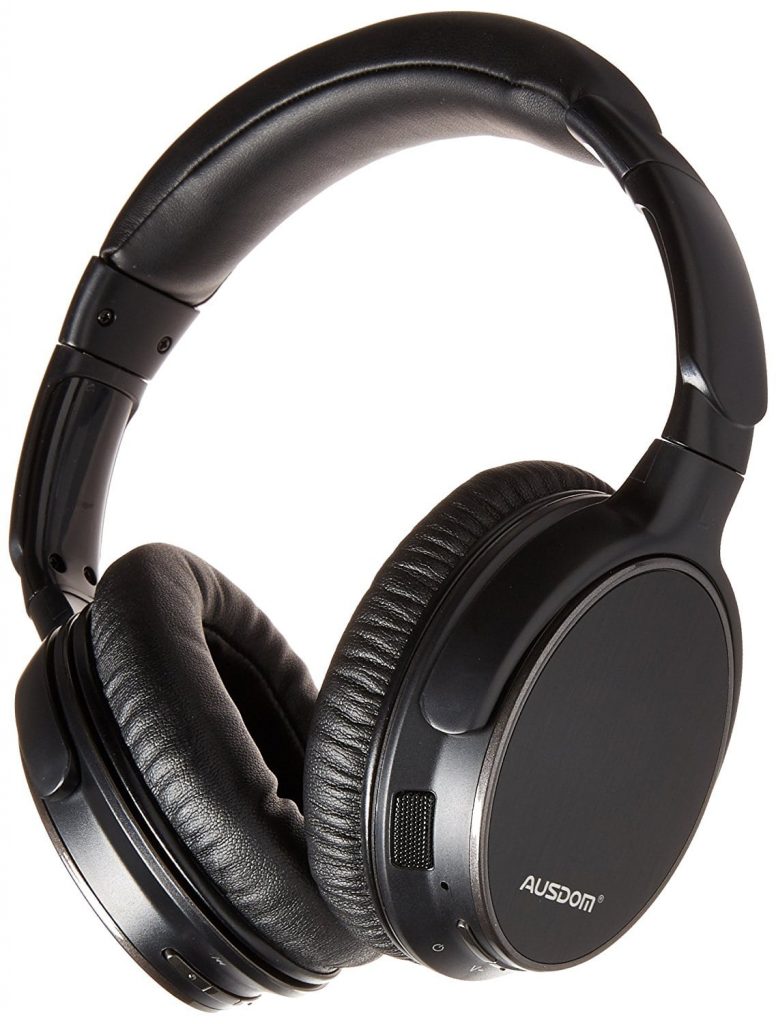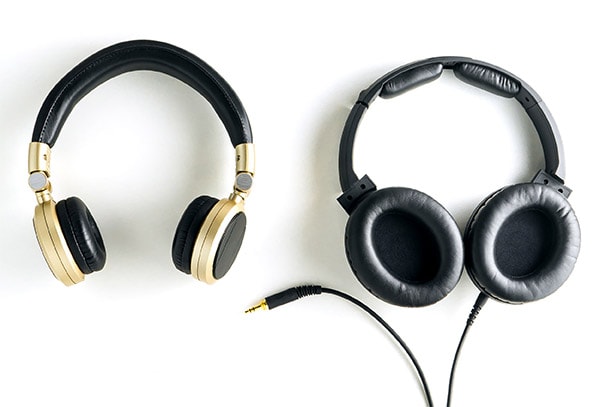Headphones are the best means to listen to music. They are the most favorite type of gadget for the audiophiles. A good headphone not only lets you listen to the music of your taste but also isolates yourself from the crowd and let you dive in the divine ocean of rhythms, words, and melodies.Different types of headphones can be seen and found in the market. Some of them are jacketed with the sturdy materials and some of them are veiled in cheerful colors. Some headphones possess fancy designs and some come with colors and cushy ear cups and headbands enticing with comfort. Also, there are myriads of other types regarding their size, construction, and portability.In the battle of choices, the design and construction get the upper hand in the majority of scenarios. However, the performance of the headphones and comfort while listening to the music is what matters at the end. Because of the large varieties of audio equipment available in the market, choosing a better one is pretty daunting. And the hellish intersection between the professional and consumer applications is one of the many reasons for it. The majority of the population also has confidently confessed their bitter stories of being fooled by the flashy colors and stylish design fools of the headphones. So, here are the things to consider while choosing headphones without getting enslaved by the pretty designs and fancy contours on the headphones and ears.Also Read: MI Headphone Comfort launched in Nepal Because of the minimalist construction and small size, IEMs are easy to wrap and store quickly and effortlessly. These features have also made the IEMs go-to headphones when traveling and commuting. IEMs are light in weight and small in size, because of which they are effortless to carry and are comfortable to use. And to add more, IEMs are generally inexpensive. However, because of its invasive nature, they are usually unsolicited in the privy environment.
Because of the minimalist construction and small size, IEMs are easy to wrap and store quickly and effortlessly. These features have also made the IEMs go-to headphones when traveling and commuting. IEMs are light in weight and small in size, because of which they are effortless to carry and are comfortable to use. And to add more, IEMs are generally inexpensive. However, because of its invasive nature, they are usually unsolicited in the privy environment. On-Ears or Supra-aural headphones are bigger than the In-Ears headphones and feature pads that go over the ears but do not cover them entirely. Since they do not cover the ears entirely, they offer small to no help when the background noises are to be avoided. Hence, they are not preferred to be used in noisy environments. Also, because of its nature to sit on the ears and squish them, they generally invite discomfort while using for a long time.
On-Ears or Supra-aural headphones are bigger than the In-Ears headphones and feature pads that go over the ears but do not cover them entirely. Since they do not cover the ears entirely, they offer small to no help when the background noises are to be avoided. Hence, they are not preferred to be used in noisy environments. Also, because of its nature to sit on the ears and squish them, they generally invite discomfort while using for a long time. Over-Ears headphones are little bulkier than the two and have a tendency to cover the entire portion of the ear. They are designed in a way to fit the ears perfectly inside the ear cups. Because of such construction, the ears are not squished and they are comfortable with the use. Furthermore, this type of headphone blocks the noises and sounds in the backgrounds. It usually resists the leakage of the sound output and its closed configuration is to be hailed for it. Hence, such headphones are useful if privacy is a major concern. However, Over-Ears headphones are generally costlier than the aforementioned two and generally invites inconvenience when carried.Also Read: Anker SoundCore nano Review: Best Bluetooth Speaker Below Rs.2,000
Over-Ears headphones are little bulkier than the two and have a tendency to cover the entire portion of the ear. They are designed in a way to fit the ears perfectly inside the ear cups. Because of such construction, the ears are not squished and they are comfortable with the use. Furthermore, this type of headphone blocks the noises and sounds in the backgrounds. It usually resists the leakage of the sound output and its closed configuration is to be hailed for it. Hence, such headphones are useful if privacy is a major concern. However, Over-Ears headphones are generally costlier than the aforementioned two and generally invites inconvenience when carried.Also Read: Anker SoundCore nano Review: Best Bluetooth Speaker Below Rs.2,000
 Active noise cancellation headphones also offer peace and quiet to the listener. Such headphones use small microphones to pick up the outside noise and produce noise in opposite frequency to suppress it. The technology does not work if the sound varies frequently as the microphone cannot pick up the sound and adjust to different frequencies in such quick instances. But if the frequency of the noise is consistent, the device can suppress even the loud droning sounds like airplane engines, factory machinery, air-conditioner hum, etc.Active noise cancellation headphones may act as a boon to creating a peaceful environment and can even prevent the damages in eardrums in loud environments, however, they are pricey on the purchase. So, it is better to buy a headphone considering the work environment.
Active noise cancellation headphones also offer peace and quiet to the listener. Such headphones use small microphones to pick up the outside noise and produce noise in opposite frequency to suppress it. The technology does not work if the sound varies frequently as the microphone cannot pick up the sound and adjust to different frequencies in such quick instances. But if the frequency of the noise is consistent, the device can suppress even the loud droning sounds like airplane engines, factory machinery, air-conditioner hum, etc.Active noise cancellation headphones may act as a boon to creating a peaceful environment and can even prevent the damages in eardrums in loud environments, however, they are pricey on the purchase. So, it is better to buy a headphone considering the work environment.
Form factor, portability, and comfort
Based on the ways they sit on the ears, there are basically three types of headphones. And their types can be named as, In-Ears headphones, On-Ears headphones, and Over-Ears headphones.In-Ears headphones (In-Ear Monitors)
In-Ears headphone is the first kind of headphone, which is also known as In-Ear Monitor (IEM). They are also recognized as earphones on a regular. These kinds of headphones possess minimalist construction and are the most portable of all. The earbuds in these headphones are designed to fit meticulously into the ear canal, where it resonates soaking its users with the melodies of sound.
On-Ears headphones (Supra-aural headphones)

Over-Ears headphones

Controls and Pairing
This portion deals with the ways in which a media device connects to the headphones. On the basis of pairing or connectivity option, headphones can be broadly classified as wired and wireless headphones. Opting for a headphone with lightning jack when the audio device possesses 3.5mm headphone jack port is a futile attempt. So it is another basic thing to devise before going for a particular headphone.One must also consider the privilege of control buttons while buying a headphone. Those who need changing the music and to play and pause them quite often should go for the one which possesses such designated buttons.
Wired Headphones
As the name implies, tiny cables are used to transfer the sound or musical output from the media device to the headphone. These kinds of headphones use a 3.5mm headphone jack, micro USB or a lightning jack to couple with the audio device. If you like the wired headphones better go for the tangle-free type. As the name implies, they are less prone to entanglement and this special feature does not affect their sound quality.Wireless Headphones
Wired headphones are sometimes cumbersome to use because of the entanglement of the wires. The wired headphones also endure the misfortune of broken cables quite frequently. So, to cope such inconveniences and to increase the portability, wireless headphones were discovered.Wireless headphones are essentially cordless in nature and they use wireless means of communication like the Bluetooth. Once paired, the audio device can transfer the sound output to the headphones directly and wirelessly headphones if their distance between them is well within the designated range.Also Read: JBL E45BT and JBL E55BT: Your Next Wireless Headphones?Needless to say, these type of headphones have better portability over the wired ones and are more suitable for using on outdoors and at a distance more than the length of headphones usually available. However, wireless headphones lack the sound quality of its wired counterpart. Wireless headphones also have the range and battery life issues. The wireless headphones are also prone to malfunctioning at times, as they are vulnerable to the interferences from other devices.If the wireless headphones are your primary priority, you also need to check technologies used in the device. Wireless or Bluetooth headphones compress the sound during the transmission. These compressions usually take the essence of music and listening to the music is not entertaining. So, it is also wise to check the technology used on the headphones. For example, headphones with aptX technology are rich in audio quality and the sound output is more similar to CDs. However, for this technology to work, not only the headphones but also the audio devices should be compatible with the aptX technology.Also Read: Best Portable Bluetooth Speakers under Rs. 10000 in NepalNoise cancellation
Noise cancellation is another thing to consider while buying a headphone. Noises displease the audiophiles by spoiling the fun while listening to the music. And if such consequences are to be avoided, the headphone opted for the purchase must be capable to block the noises completely. Over-ears headphones work fine most of the time on isolating the sound and the background noises. Such types of headphones, which shield the ears from the background noises because of its special construction, are called passive noise cancellation headphones. They are good to some extent but are inefficient if the background sound is loud enough to penetrate. In such scenarios, the use of an Active noise cancellation headphone proves to be helpful. Active noise cancellation headphones are the special type of headphones available in the market, which are equipped with active noise cancellation technology and specialize in canceling noises.
Frequency Response, Impedance and Driver diameter
These are the technical aspects of the headphones and if one has a proper idea of these things, finding a good headphone is not at all difficult.Frequency Response
Frequency response is the range of bass, mids, and treble at which the headphone drivers are capable of reproducing sound from the lowest tones to the highest. It is said that humans can hear from 20Hz to 20 KHz. However, while choosing a headphone, it is better with the wider frequency response. Lower frequencies represent the bass end of the spectrum whereas the higher frequencies represent the treble end. Though these numbers are not the indicator of the quality of sound, these values help you choose the right type of headphone for your particular music type.Impedance
Impedance is a value indicating the degree of headphone electrical resistance, which in the case of headphones signifies the voice coil resistance along with the cable resistance. Impedance is measured in ohms (Ω). Choosing low-impedance headphones ensures better efficiency as such headphones require less power to deliver high audio levels. However, using such headphones are more susceptible to blowouts when used with a more powerful amplifier. So the best way to decide your impedance is to check for the device’s impedance (on the net) and get a headphone with a better match.Driver Diameter
Drivers or driver unit are the element inside a headphone that converts an electrical signal into the sound output. Every headphone carries tiny speaker driver inside the earplug and the size (diameter) of the driver determines the varieties of frequencies it can reproduce. The bigger the diameter, more powerful sound it produces. But it does not necessarily imply a better quality. The quality of sound depends on the quality of driver used. The size of the driver unit in In-Ear headphones (earphones) falls in the range of 8-15mm, where it goes from 20mm to 50mm in On-ears and Over-Ears headphones. If EDM (Electronic Dance Music) is your type of music, going for a bigger driver unit will be better. But if you are more of an acoustic lover, medium-sized driver unit be the best.Brand
Sometimes, brands can be deceptive. Branded headphones are high on price but same cannot be said about the quality of sound it delivers. Branded headphones may possess alluring designs and fancy packaging but these are also the factors that make it pricey. So if the quality of sound is the primary focus while choosing headphones, it would be better not to get distracted by the brands and their fancy designs and packaging.Check before you buy
People have their own preferences while buying products. Even in the case of headphones, some care about bass and treble balance and others do not. Since ears are the judge, one must always consider testing the headphones to identify if the sound quality of the headphone matches the personal preference. These tests also let the users know how comfortable the headphones are when are used. The fancy colors and enticing contours can be misleading and the salesperson’s cheesy lines may be deceptive. But checking the device in person clears all the muddles of doubts by divulging the truth.Budget
Expensive headphones are obviously alluring but the budget on the pocket fixes the horizon and makes all the differences. If the quality of sound is the primary importance and there is an ample budget for the endeavor, opting for a premium one with best sound output and maximum comfort would be the key. But if there is a limited budget, a compromise has to be made between the quality, comfort, and design. Since the relationship between price and output sound quality is not proportional, an optimum choice accounting the needs, comfort, and price should be made. The durability, portability, cables (replaceable, tangle-free, etc.) are also things to consider while choosing headphones.[socialpoll id="2481216"]
To say something about myself, I have been writing tech and gadgets from 2021. Although coming from a non technical studies background, I'm someone who is always fascinated by the latest gadget and tech innovations, circling around. Besides writing, you'll find me listening music and aligning the stars through astrology and sometimes even, tarot cards! 😉🧿
Comments
No comments yet. Add a comment to start a discussion





